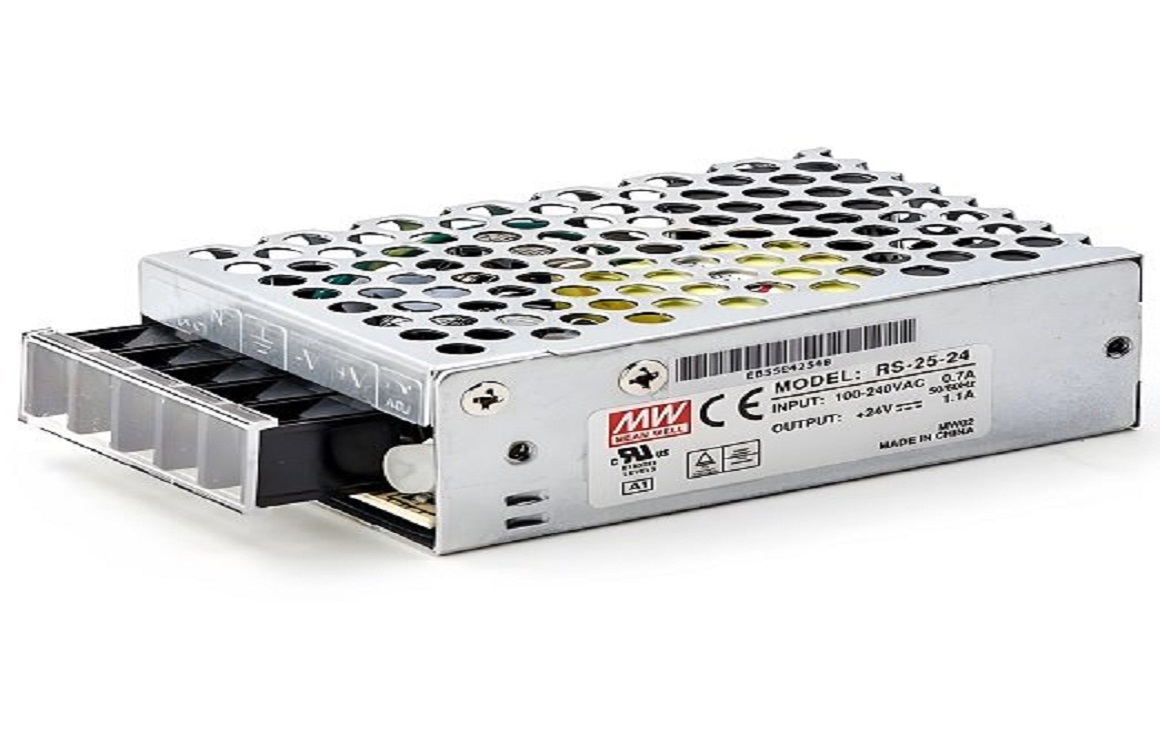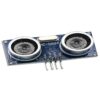
Switch Mode Power Supply (SMPS)
1. What is an SMPS and How Does It Work?
Target Audience: Beginners
Content: Switch Mode Power Supply (SMPS) is a power supply unit that efficiently converts electrical power using high-frequency switching. Unlike traditional linear power supplies, SMPS regulates the output voltage by switching between on and off states at high speed, reducing power losses. This blog will explore the basics of SMPS, how it differs from other power supplies, and its key components like rectifiers, transformers, and switching transistors.
Key points:
- Definition of SMPS
- How SMPS works (high-frequency switching, voltage conversion)
- Comparison with linear power supplies
- Basic components of an SMPS
2. Types of SMPS: Which One Should You Use?
Target Audience: Intermediate/Enthusiasts
Content: Not all SMPS units are the same. Depending on the application, different types of SMPS units are used. This blog will cover the main types: AC-DC SMPS, DC-DC converters, flyback converters, and forward converters. It will explain where each type is used, their advantages, and what factors to consider when choosing the right SMPS for your project or application.
Key points:
- Overview of different SMPS types
- AC-DC converters: used in most electronic devices
- DC-DC converters: ideal for battery-powered applications
- Flyback vs. forward converters: when to use each
- How to choose the right SMPS for your needs
3. Applications of SMPS in IoT and Embedded Systems
Target Audience: Professionals/Advanced Users
Content: With the rise of IoT and embedded systems, power management has become crucial. This blog will delve into how SMPS is used in low-power embedded systems, IoT devices, and smart gadgets. From ensuring efficient power supply to regulating voltage in sensors, controllers, and wireless devices, SMPS plays a vital role. The article will also touch upon key considerations like energy efficiency, heat dissipation, and reliability.
Key points:
- SMPS in IoT devices (low power, efficient energy conversion)
- Power management in embedded systems
- Importance of compact, energy-efficient SMPS designs
- Key challenges like heat dissipation and miniaturization
4. How to Choose the Right SMPS for Your Project
Target Audience: DIYers and Hobbyists
Content: Selecting the right SMPS for your DIY project or electronics design can be tricky, but understanding a few key factors will make it easier. This blog will guide readers through the most important considerations when choosing an SMPS, such as power requirements, voltage, current capacity, efficiency, and form factor. It will also include tips for testing and troubleshooting common SMPS issues.
Key points:
- Factors to consider: voltage, current, and power needs
- Efficiency ratings: how they affect heat and energy usage
- Common SMPS sizes and form factors
- Tips for testing and troubleshooting SMPS in DIY projects
5. The Evolution of SMPS Technology: From Linear Power Supplies to Modern Designs
Target Audience: General/Tech Enthusiasts
Content: Power supply technology has come a long way. This blog will take readers on a journey through the evolution of power supply systems, from the old linear power supplies to the modern SMPS. It will explain why SMPS became the preferred choice in most electronics and discuss the technological advancements that made them smaller, more efficient, and more reliable over the years.
Key points:
- A brief history of power supplies (linear vs. switch mode)
- Why SMPS took over: efficiency, size, and performance
- Key technological advancements in SMPS design
- Future trends in power supply technology
6. Troubleshooting Common Issues in SMPS
Target Audience: Professionals/Technicians
Content: Even the most reliable SMPS can run into problems. This blog will help readers identify and solve common SMPS issues such as output voltage instability, overheating, noise, and failure to start. It will also cover best practices for diagnosing and fixing issues without causing further damage, including using oscilloscopes and multimeters for testing.
Key points:
- Common SMPS issues: voltage drops, overheating, noise
- Step-by-step troubleshooting guide
- Testing tools: using oscilloscopes and multimeters
- Preventive maintenance for SMPS
7. Energy Efficiency in SMPS: What You Need to Know
Target Audience: Eco-conscious Consumers/Professionals
Content: SMPS is known for its efficiency, but what exactly makes it energy-efficient? This blog will break down the factors contributing to SMPS’s high efficiency compared to linear power supplies, such as reduced heat loss and better voltage regulation. It will also explain how to calculate efficiency and why it matters for your devices and environmental impact.
Key points:
- What makes SMPS energy-efficient?
- Comparing efficiency: SMPS vs. linear power supplies
- How to calculate efficiency in power supplies
- The environmental benefits of using efficient SMPS
8. Designing an SMPS for Your Custom Project
Target Audience: Engineers/Advanced Hobbyists
Content: For those ready to take their skills to the next level, this blog will guide readers through designing their own SMPS. From selecting the right components to understanding the electrical design and safety concerns, this blog will help readers create a custom SMPS that fits their project’s specific needs.
Key points:
- Step-by-step SMPS design process
- Choosing components: transistors, capacitors, inductors, etc.
- Electrical design and simulation
- Safety considerations and EMI reduction
9. Top SMPS Designs for Beginners: Simple Projects to Get You Started
Target Audience: Beginners/Hobbyists
Content: If you’re new to SMPS and electronics, this blog will introduce simple SMPS designs that are perfect for beginners. From a basic buck converter to a low-power SMPS for Arduino projects, these projects will teach you the fundamentals of power conversion and get you familiar with SMPS circuits.
Key points:
- Overview of beginner-friendly SMPS designs
- Simple buck converter project
- Step-by-step guide for building a low-power SMPS
- Tips for beginners: avoiding common mistakes
10. SMPS vs. Linear Power Supply: Which One Should You Choose?
Target Audience: General/Professionals
Content: One of the most common questions in power supply design is whether to use an SMPS or a linear power supply. This blog will compare the two technologies side by side, discussing where each excels and where they fall short. It’ll help readers decide which is better suited for their specific application, whether it’s for a DIY project or a professional design.
Key points:
- Key differences between SMPS and linear power supplies
- When to use SMPS vs. linear power supply
- Advantages and disadvantages of each technology
- Real-world application examples



